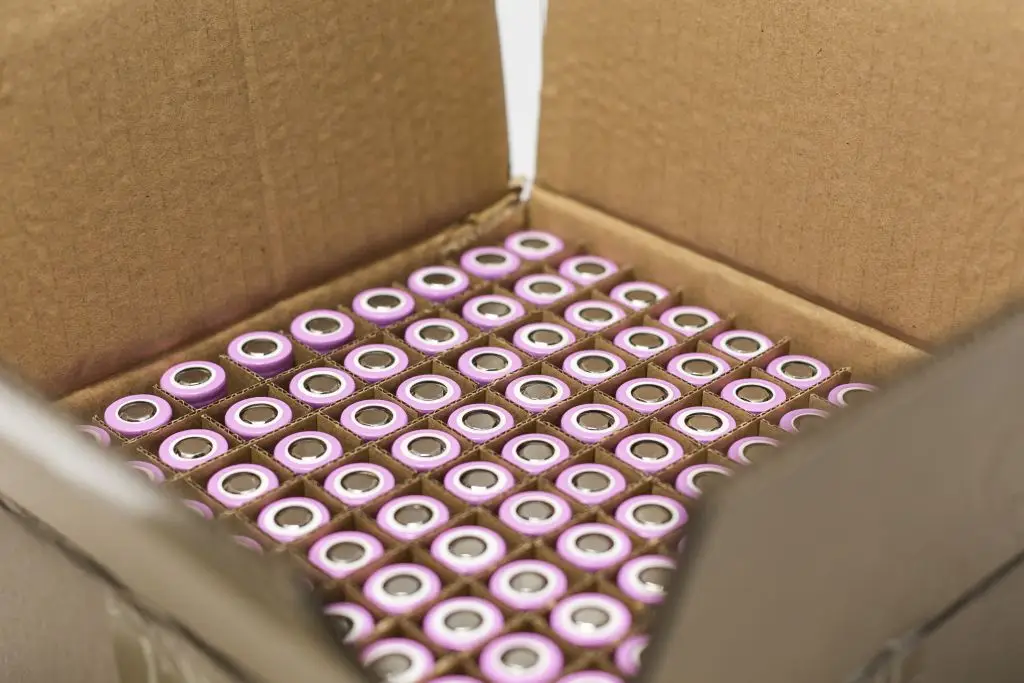
Battery cells
In the imagination of the common man, there is often a "battery as a battery", a simple thing that is either cheaper or more expensive, but the differences are not so significant.
But the reality is quite the opposite.
Especially for more massive solutions where high demands are placed on performance, durability, stability and reliability for economic reasons.
The investment in the battery consists of substantial part of the budget of such a project, and the consequences of an inappropriate selection can result in equally substantial losses.
So how to choose battery cells that will bring you Profitabilitynot a loss?
There is only one solution: extensive long-term testing v laboratorních podmínkách, simulujících různé reálné aplikace.
The name "lithium battery cell" covers a wide range of manufacturing technologies and different chemistries.
One particular type of battery cell that is suitable for one type of applicationis usually absolutely unsuitable for another application. Even if it bears the brand name of a reputable manufacturer.
This is where our battery laboratory. Careful detailed testing of the many parameters of battery cells of different designs from different manufacturers is the ultimate answer to any project.
We even go so far as to send an article to a university workplace for detailed analysis if it fails in the laboratory or in operation.
From analytical data collected over many years, we can determine the correct battery cell for your solution. And we can put our hands in the fire for it. the correct battery cell for your solution. And we can put our hands in the fire for it.
Even the best battery cell has the inherent disadvantage of all lithium cells: the need for supervision and control (voltage, current, temperature). This supervision needs to be solved by the control hardware, which constantly monitors the data on the individual cells/series branches in the battery and manages their parameters based on this data.
Here to learn more about our control hardware.
And here's a little more in brief for those who are more interested in battery cells:
Chemistry of cells
The most common cell chemistries today include LFP (lithium-iron-phosphate), NMC (nickel-manganese-cobalt), and LTO (lithium-titanate). Each type of lithium cell chemistry has specific operating characteristics that predetermine it for a specific application – for example, LFP chemistry is an ideal solution for home battery storage due to its high safety and lower performance parameters.
Shapes of articles
The most common cell shapes include
- roller/cylindrical (similar to conventional domestic pencil cells)
- prismatic (construction of cells resembling bricks)
- bagged (cells resembling flat aluminium bags of packed coffee)
The shape of the cells has a major influence on the final design of the module (battery).



